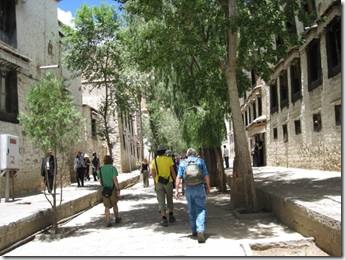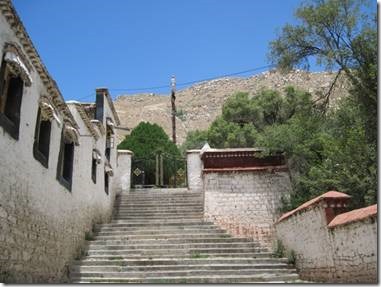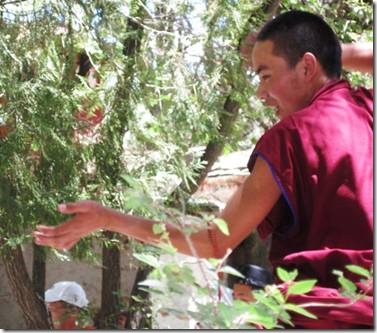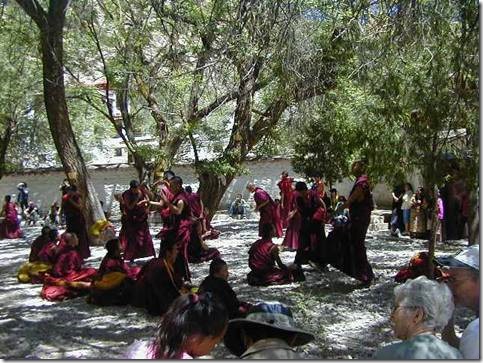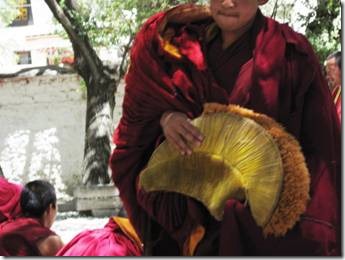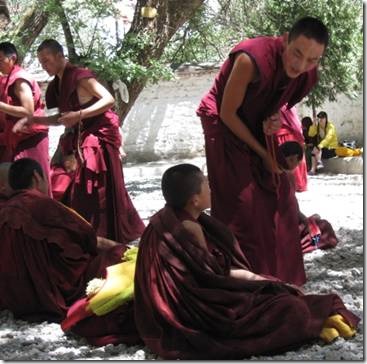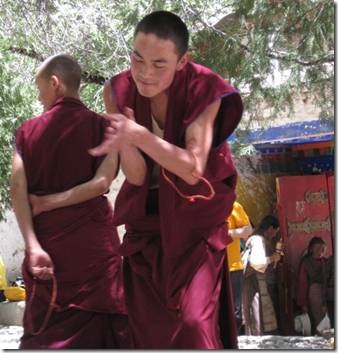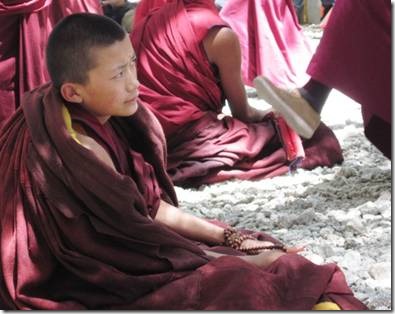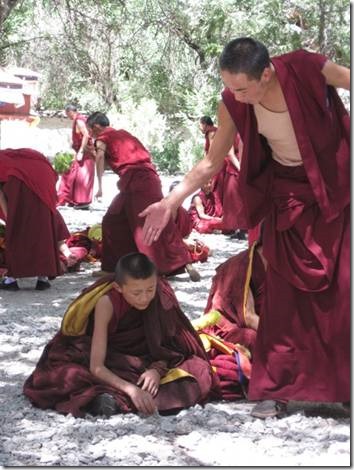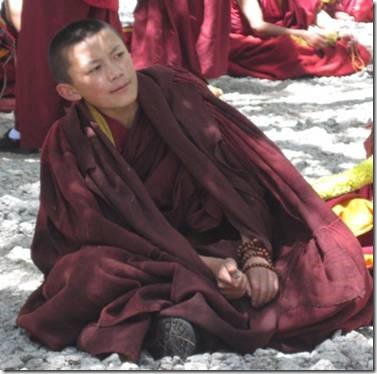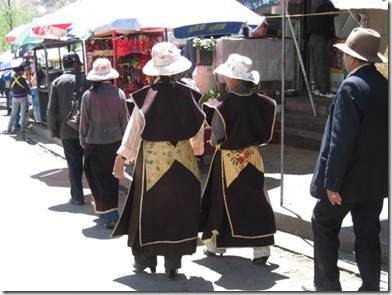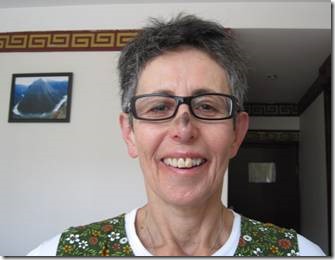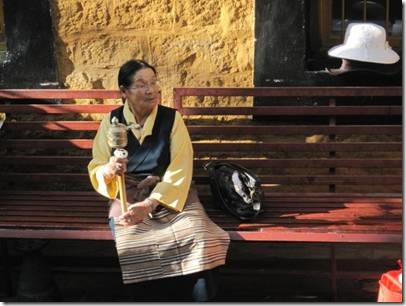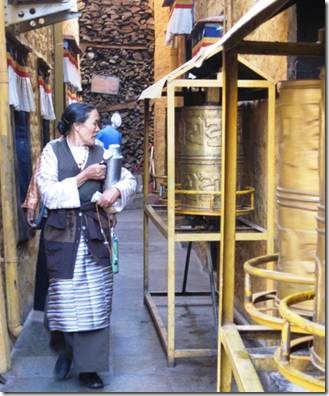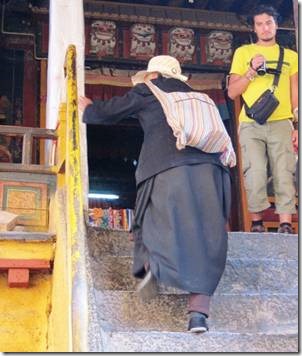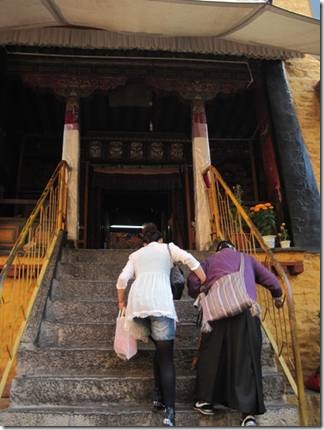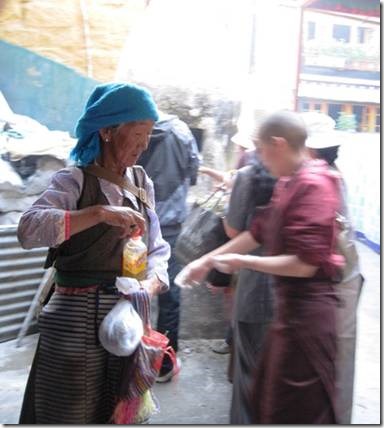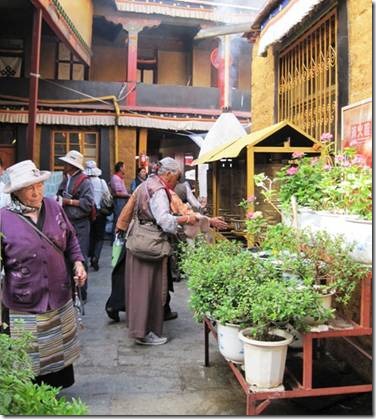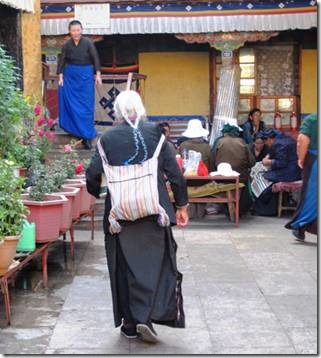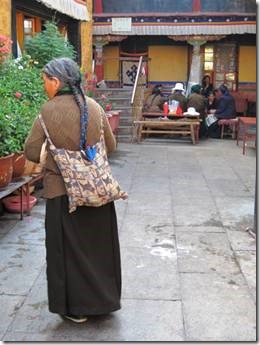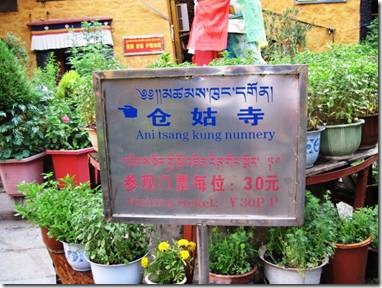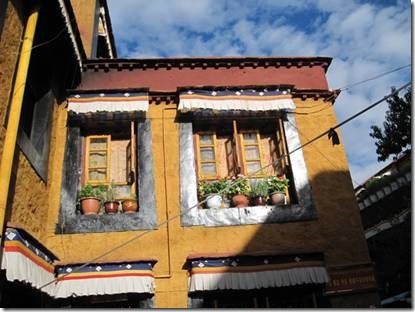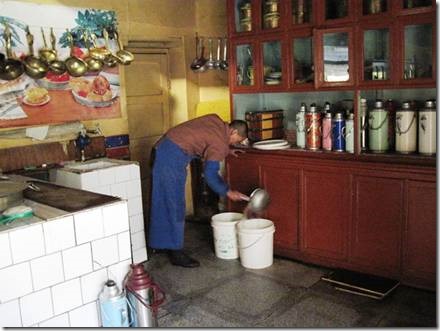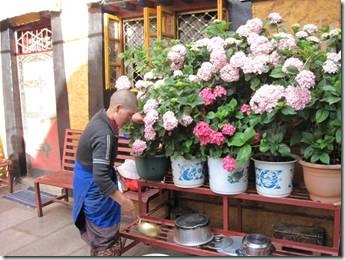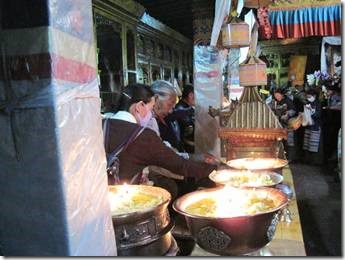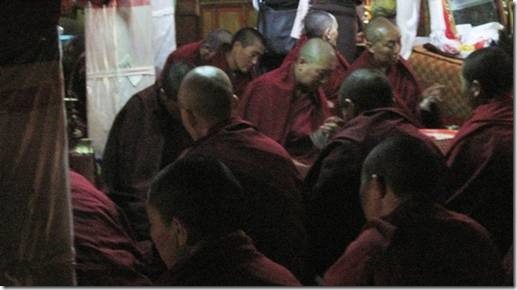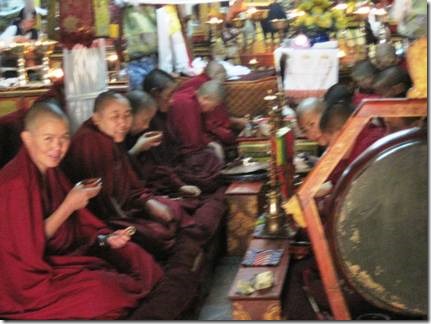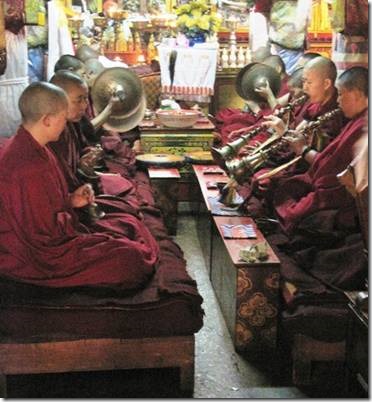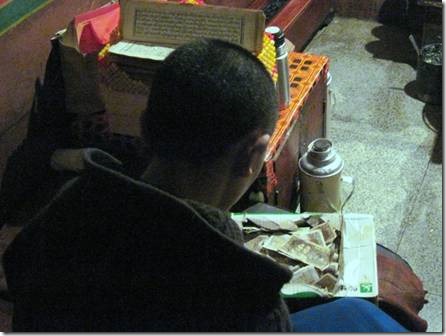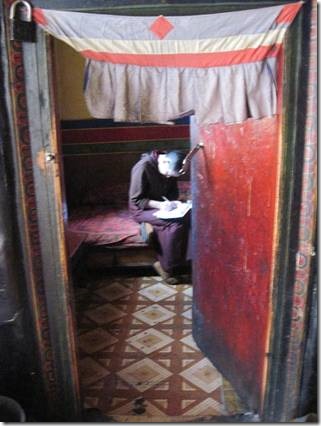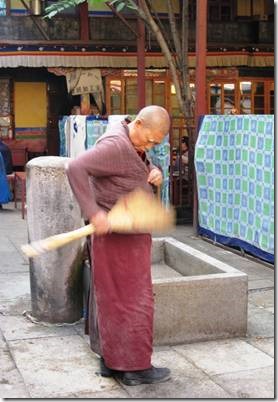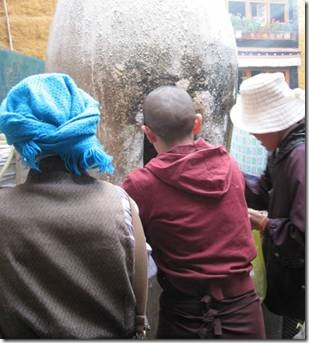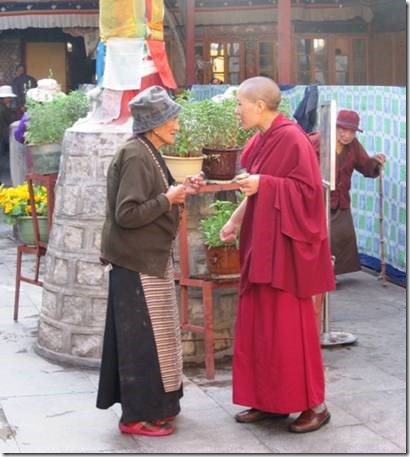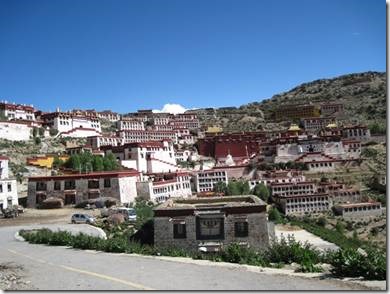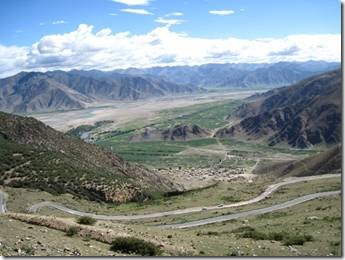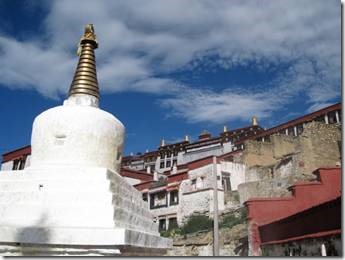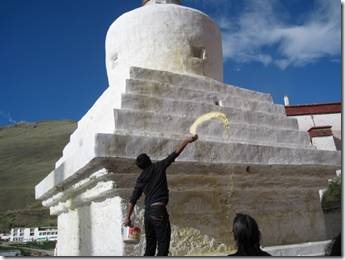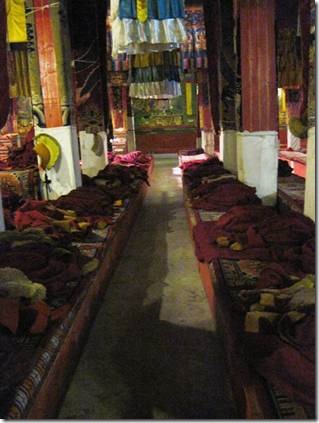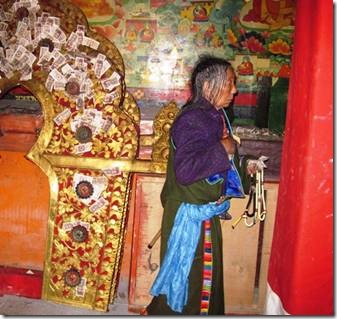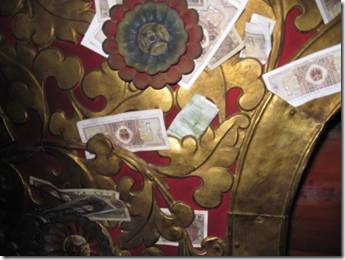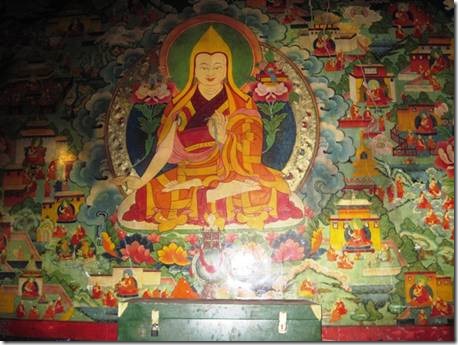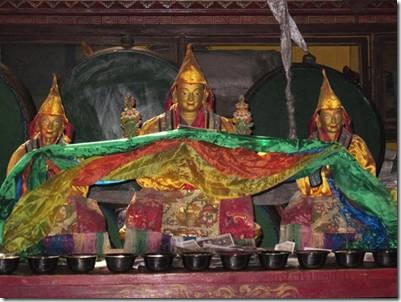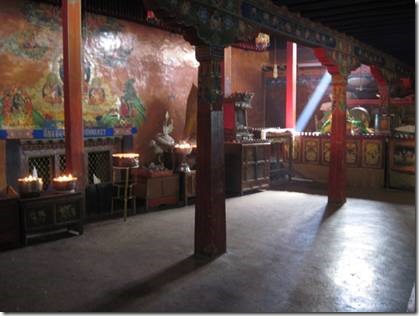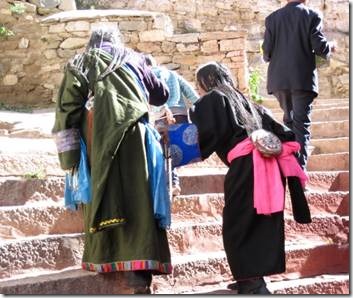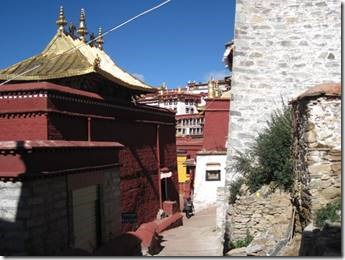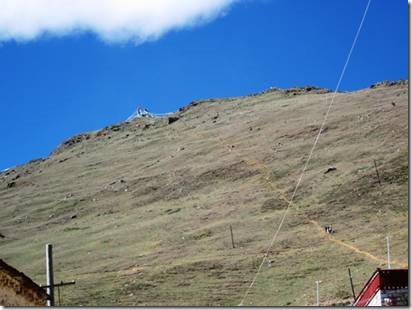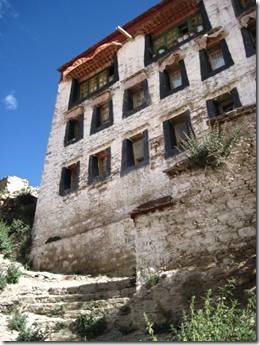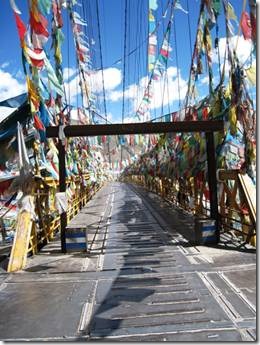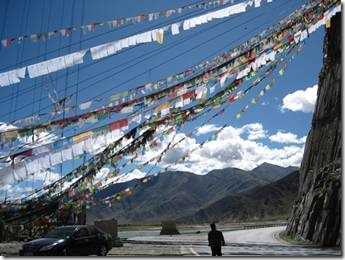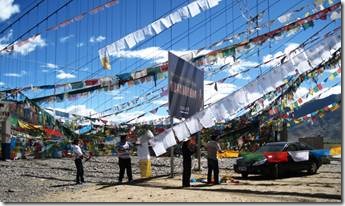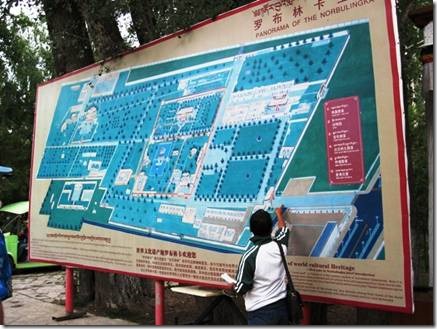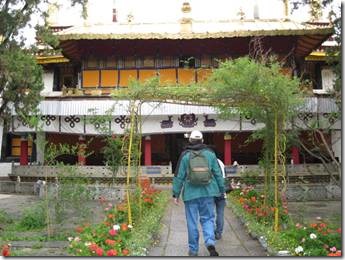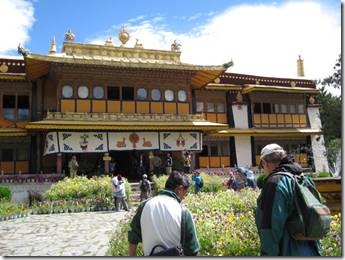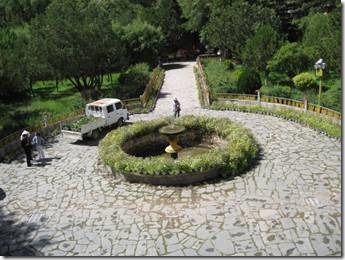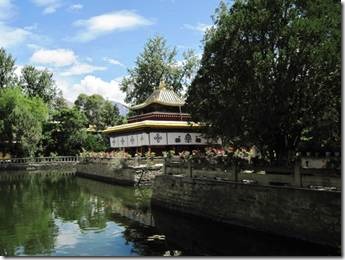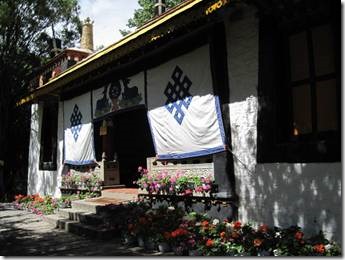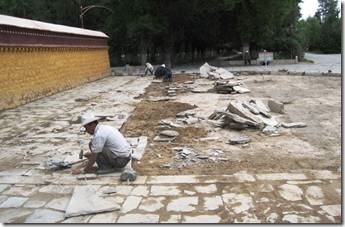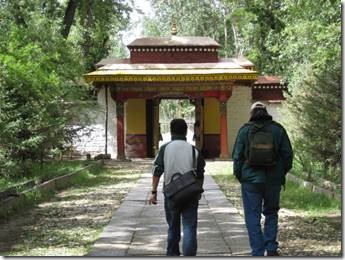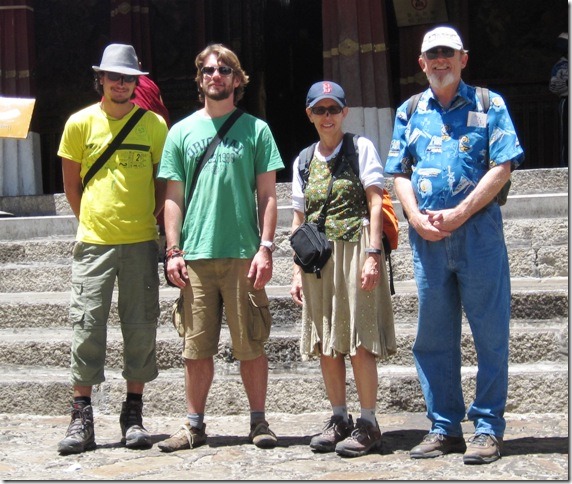Puteri Harbour Marina
Johor, Malaysia
Hi All,
I have time to catch up with our blog because there’s not so much else to do here. Hopefully the local bike shop will have the new axle for Randal’s bike soon. Considering our bikes were just recently overhauled in George Town, they are having lots of wheel issues keeping us from riding. Not much else to do here other than ride so we really need our bikes. I’m still missing Tibet! Writing up our blog, I go back and read about the sites we saw and learn about them after the fact. I think I’m also catching up on the sleep we lost from the time we got onto the train until we left the Tibet desert area. The nights were so hard on us that we were both awake several time taking diamox, ibruprofen, and showers to moisten my dried miserable sinuses. My nose would be totally too stuffed to breathe through my nose and my throat so dry that it hurt to breathe through my mouth so it was a struggle to get enough oxygen and that’s what gave me headaches. But I would do it all again if we could. Easy to forget the bad feelings.
Tibet # 8 Sera Monastery
“Sera Monastery was founded by Jamchen Choje Shakya Yesh who was a disciple of Tsongkhapa in 1419. Sera Monastery has an assembly hall, three colleges and thirty three houses. The monastery’s construction covers an area of 114964 square meters. It is the second biggest monastery of Tibet. The monastery has been appointed as the state-level unit of protection of historical relics by the state council of P.R.C. in 1982” from the entry ticket.
It does look a little bit like walking along a university campus: in many respects that’s what it is. It’s a university for monks. I believe Lobsang said that here students are divided by the language they speak so they can learn in their own language. We did walk through parts of the monastery, but our main reason for being there was to witness the debates.
The monastery is about 3 miles from the city of Lhasa. I think I read that monks lived in caves in the mountains before the monastery was built.
Prior to 1959 between 8 to 10 thousand monks lived at the Sera Monastery. In 2002 there were about 500 officially allowed to live there. http://www.thlib.org/index.php
B. The Physicality of Tibetan Debates
One of the striking features of Tibetan debates is that they are quite physical. They are marked by emphatic gestures, such as the clapping used by the questioner to punctuate each question. The questioner holds his right hand above his right shoulder—a little over the head—and stretches his left hand forward, its palm turned upward. Then he strikes the palm of the left hand with the palm of his right and immediately crosses his arms before starting the movement all over again for the next question.
Tibetan Monastic Education
By Georges Dreyfus
January 1, 2001Section 4 of 7
Copyright © 2001
By Georges Dreyfus and THL.
Questioner about to strike his palm.
I followed this monk and his young student. He was quite theatrical and his student looked so young. Even though they are putting on a show, learning from the debates is quite important because there are examinations at some point. The better a monk does on the exams, the higher he rises in the monastery hierarchy.
Randal, David, Ronnie and I along with lots of other tourists filed into an open courtyard and took our seat around the outside wall. It almost looks like the ground is covered with snow, but it is dirt and stone.
A “yellow hat.”
Some Buddhists followed a “red hat” tradition. The yellow hats are the largest group and I believe all of the Dalai Lamas have been members of the yellow hats.
Teacher standing and student.
So here’s the question….
Does he know the answer?
Maybe not. His arms are so thin.
Yellow hat, maroon robe, prayer beads, and sneakers peaking out underneath.
In 10 or 20 years where will he be?
Outside the monasteries there are usually small stalls with locals selling souvenirs. I am guessing that these women are Tibetan with a different traditional dress because it seemed that people coming from outside Tibet wore traditional western clothing even if they were from other parts of China.
As we were walking through the monastery, Lobsang asked one of the monks to put some of the soot from a butter lamp on our noses. It was supposed to be kind of a blessing and help us rest during the night. Maybe if I hadn’t washed it off it would have worked; but I did, so it didn’t. Actually, it wasn’t until we were back in our hotel room that I remembered that I still had it on my nose. Randal had wiped his off early on so looking at him didn’t remind me.
Editorial Comment:
There are a great deal of political issues involved in any discussion of Tibet. I am as ignorant of them as I am of everything else about Tibet (and Nepal too for that matter.) When you read about the monasteries, most were destroyed in 1959 and the numbers of monks and nuns decreased by thousands. Now those that are tourist attraction sites are being rebuilt. Our guide Lobsang was reluctant to speak about the politics other than to tell us not to take photos of the Chinese soldiers. And though we had encountered Chinese soldiers other places in China, in Tibet it felt different, more like occupation troops. Years ago, on my first trip to China we went to Beijing. At the Great Wall I had made the Chinese soldier who followed us up to the top stand next to me for a photo. I certainly wouldn’t have done that to a Chinese soldier in Tibet. Maybe Zhuhai where our boat was built, a special economic zone, is different than the rest of China. We have so many friends there and always feel welcome and free to do as we wish. I guess it is truly only the Tibetans who still live in Tibet who get to say if things are better or not and not anyone else. If literacy goes up and child mortality goes down, that’s an indication. I honestly haven’t paid attention until now, but I will. Sometimes travel forces you to think about hard things too.
Ru
DoraMac

